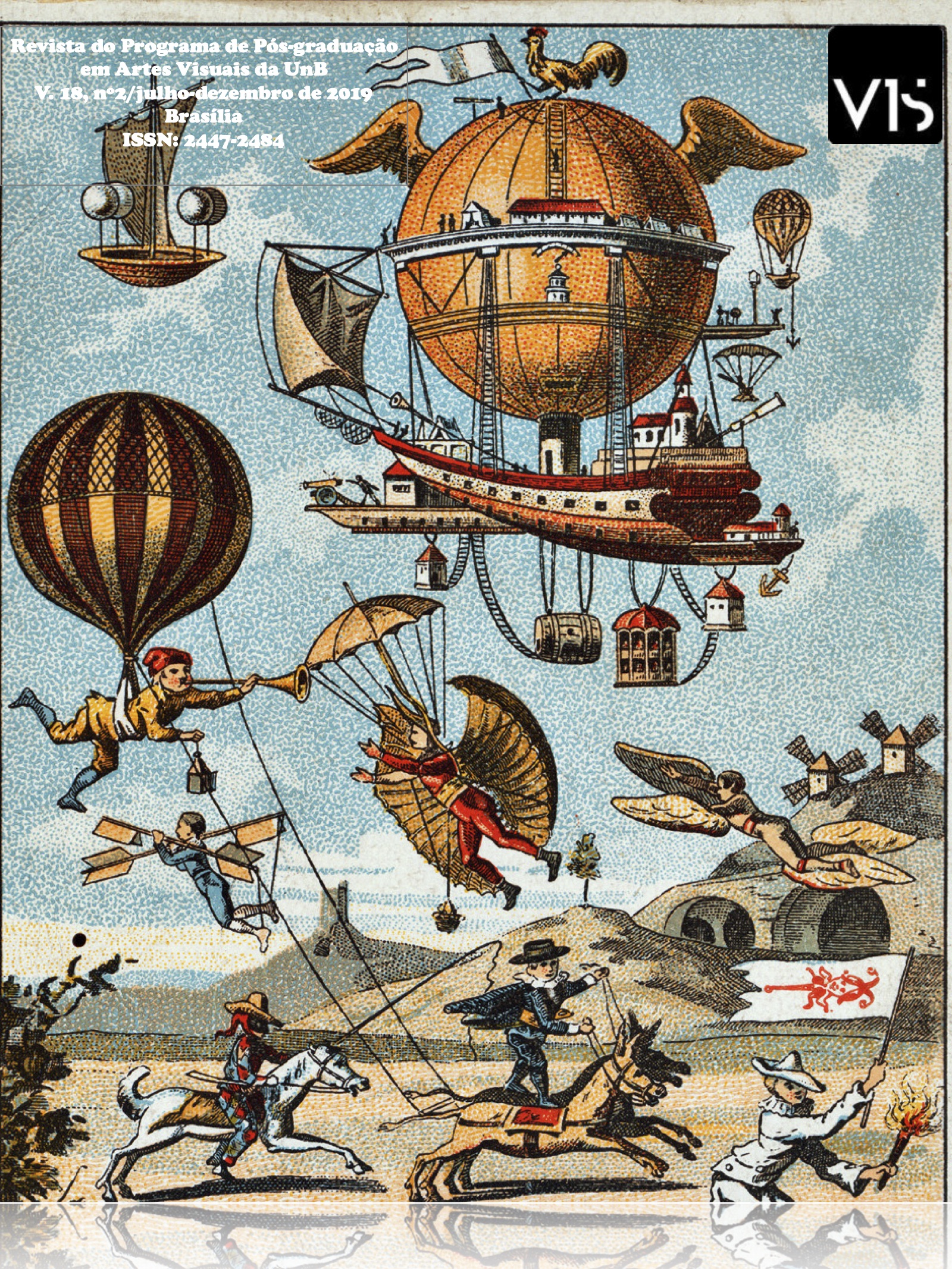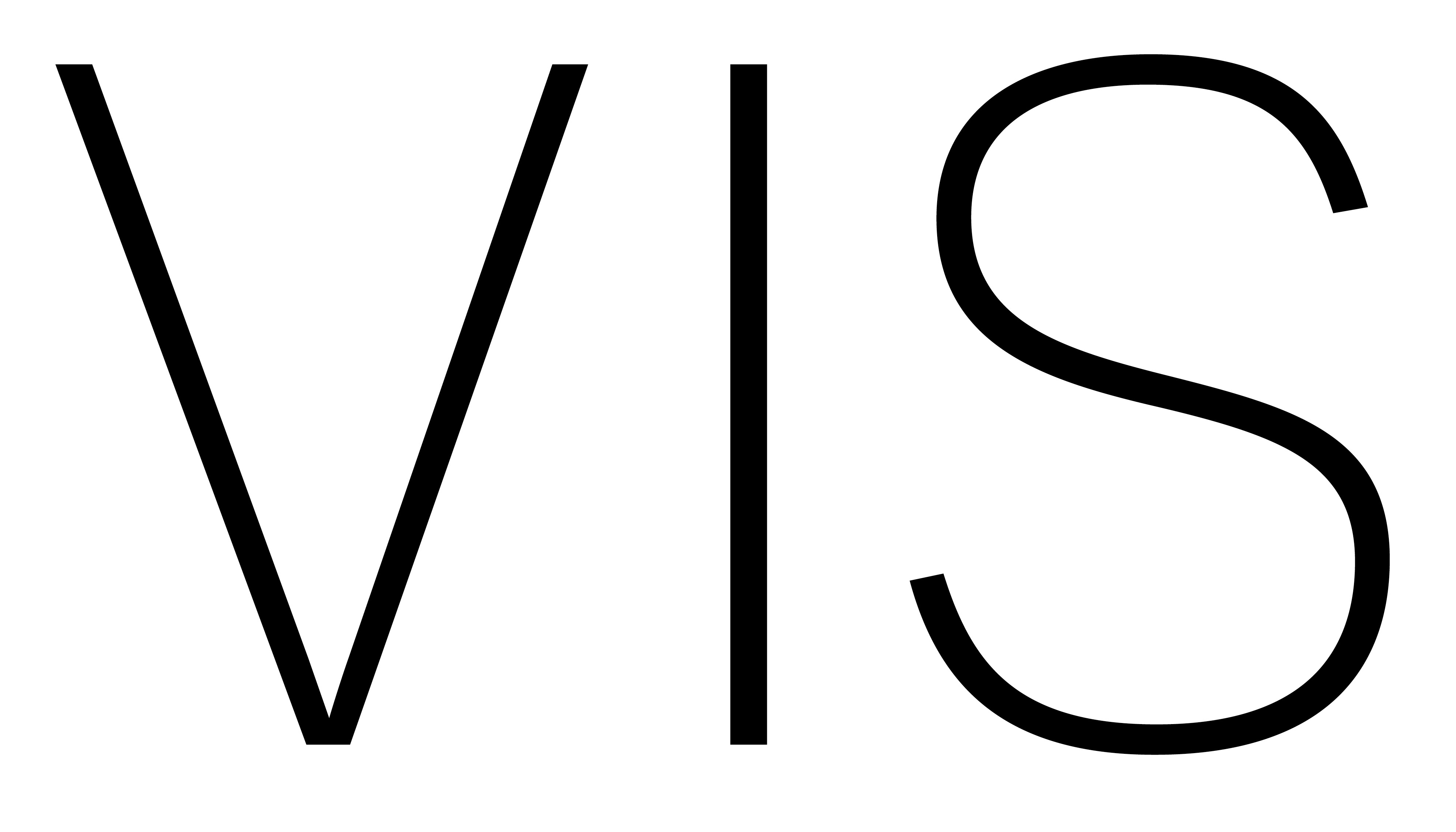Art and aesthetic education of taste:
beauty as a cultural necessity?
DOI:
https://doi.org/10.26512/vis.v18i2.25111Keywords:
Culture, Art, Taste, Beauty, Aesthetic education of taste.Abstract
This text presents some analyses resulting from the doctoral research finalized in 2016, which sought to identify, in the confluence of the educational and artistic fields and having the curricular documents of art as object of studies, as the aesthetic affirmation of taste is established in the context of formal and non-formal education. In the cutout presented here, we incursion the concept of beautiful/beauty, analyzing the process of aesthetic education of taste, understanding that the mastery of the reading codes of the image contributes to the approximation and appropriation of knowledge established in the artistic field. For this exercise, we resorting to the definition of beauty as a cultural phenomenon dependent on the social space in which it is inserted, having adopted, as a reference, the aesthetic pattern of beautiful and some reflections on the constitution of cultural erudition as an element significant in the elaboration of proposals for the education of individual taste legitimized by practices established by the art system.
Downloads
References
___. Após o Fim da Arte: A Arte Contemporânea e os Limites da História. São Paulo: Odysseus Editora, 2006.
___. O abuso da beleza: a estética e o conceito de arte. São Paulo: Editora WMF Martins Fontes, 2015.
BOTTON, Alain de. ARMSTRONG, John. Arte como terapia. Rio de Janeiro: Intrínseca, 2014.
BOURDIEU, Pierre. A Distinção: Crítica Social do Julgamento. São Paulo: Edusp, Porto Alegre, RS: Zouk, 2007.
____. O poder simbólico. Rio de Janeiro, Bertrand Brasil, 2010.
BRASIL, Secretaria de Educação Fundamental. Parâmetros Curriculares Nacionais: Arte. Brasília: MEC/SEF, 1997.
COSTELLA, A. F.. Para apreciar a arte: roteiro didático. São Paulo: Editora SENAC São Paulo; Campos do Jordão, SP: Editora Mantiqueira, 1997.
ECO, Umberto. História da beleza. Rio de Janeiro: Record, 2004.
EAGLETON, Terry. A ideia de cultura. São Paulo: Editora UNESP, 2005.
ELIOT, T. S. 1888-1965. Notas para uma definição de cultura. São Paulo: Perspectiva, 2005.
GREENBERG, Clement. Estética Doméstica ”“ observações sobre a arte e o gosto. Trad. André Ca-rone. São Paulo: Cosac & Naify Edições, 2002.
HEGEL, G. W. F.. Curso de estética: o belo na arte. São Paulo: Editora WMF Martins Fontes, 2009.
KANT, Immanuel. Crítica da Razão Pura. In: O Belo Autônomo ”“ textos clássicos de estética. DUARTE, Rodrigo (Org). Belo Horizonte: Editora UFMG, 1997.
MARIN, Louis. Ler um quadro ”“ uma carta de Poussin em 1639. In: CHARTIER, Roger (Org.). Práticas da Leitura. São Paulo: Estação Liberdade, 2001.
OSTROWER, Fayga. A construção do olhar. In: O olhar. NOVAES, Adauto...[et al.]. São Paulo, Companhia das Letras, 1988.
PROUDHON, P. J.. Do princípio da arte e de sua destinação social. Campinas, SP: Armazém do Ipê, 2009.
SÁEZ, Juanjo. A arte: conversas imaginárias com minha mãe. São Paulo: Editora WMF Martins Fontes, 2013.




